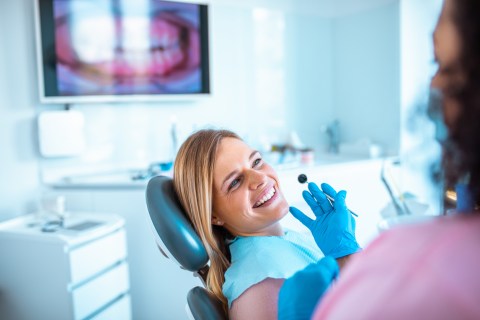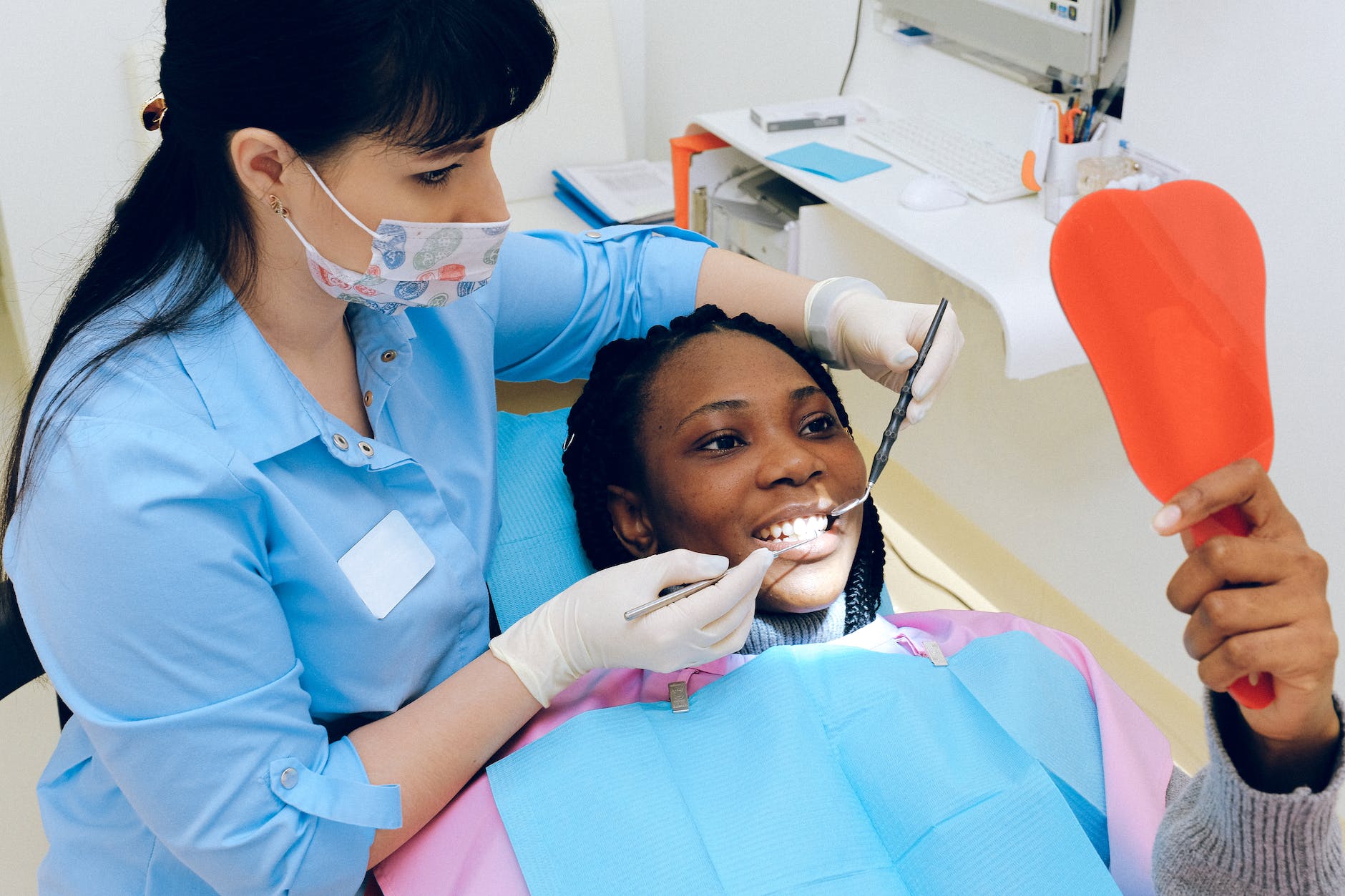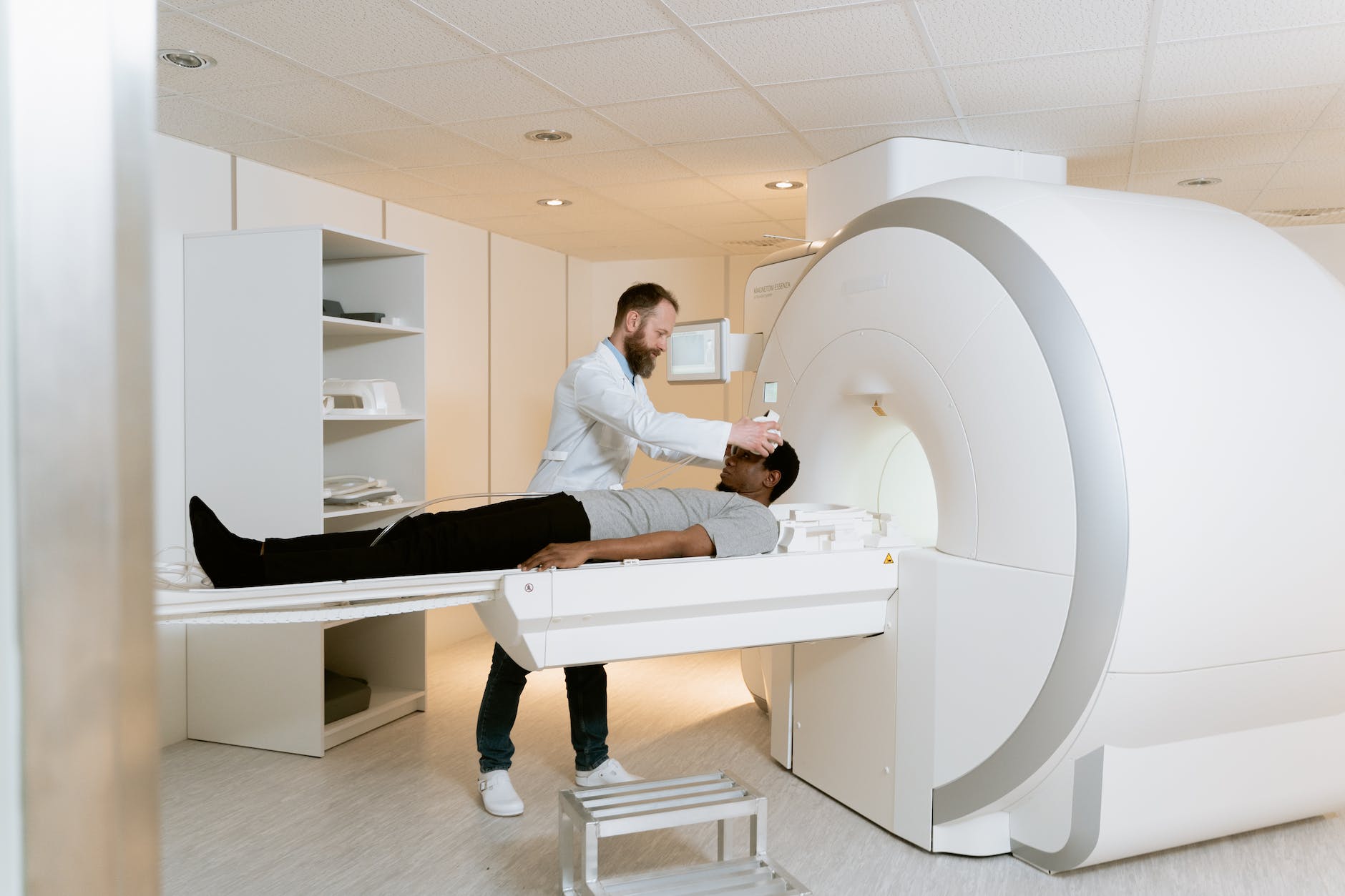
If you are a nurse, or thinking about a career in nursing, you want to do what is best for your patients. However, we also need to learn MCQs that don’t include clinical terms to pass the nursing board exam. By learning medical terminology, and a broad scope of knowledge, you can be better prepared for your future and your patients.
This article will show you the benefits of knowing medical vocabulary to be a better nurse.

1. The Benefits of Learning Medical Terminology
Knowing medical terms helps you communicate with your patients and better explain why they feel sick or in pain. When you understand medical terminology, you can better explain to your patients what is happening to them and not just tell them that they have a cough or pain. You can apply medical terms even in social situations like when you go out to eat or where you live.

2. Becoming a Better Nurse Means Being Able to Pass the Licensing Exam
You may be a great nurse, but if you can’t pass the licensing exam, you won’t be able to practice. Learning medical terminology helps nurses better analyze the patients and their medical history. This is an important part of the test that may help you pass or fail based on the quality of your analysis. Knowing medical terms will also help you to understand your own body better. This way, when a doctor asks you about the symptoms, you know what they are asking.

3. Medical Terminology Helps Nurses Read Between the Lines and Understand Clinical Situations Unique to Specific Patients
Reading between the lines is essential to being a good nurse, and by knowing medical terminology, you will be able to read and understand what the doctor is trying to tell you. You will also be able to understand the clinical situations of your patients better. This way, even if you are not in the room with them, you can still make assessments regarding their current diet, medications, and exercise.

4. Medical Vocabulary is Important to Do Your Job Well
Knowing medical terms is only half of the job of a nurse. As a nurse, you are an important member of the team that provides care for your patients. Being able to understand medical terminology so that you can serve your patients correctly is essential for you to be able to provide them with excellent care. You also need to take the information and make it mean something to your patient.

Conclusion
For more and better care, nurses need to know medical terminology. It should be a fundamental part of their education. Knowledge is power for both nurses and patients when it comes to medical terminology – with the patient’s understanding of their condition being key in recovery, and nurses’ knowledge of clinical situations being vital for a practical health care experience. To learn the fundamentals of basic medical terminology, enroll in the course entitled, “How to Use Medical Terminology (in 5 EASY Steps!) (and USE IT in EVERYDAY Living!)” offered by Avidity Medical Design Academy.
To purchase scented soaps and candles inspired by healthy living, visit Avidity Medical Scentations.
For more health care tips and information, follow the Avidity Medical Design Blog today.










































